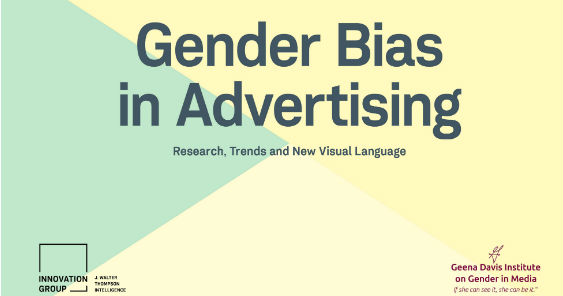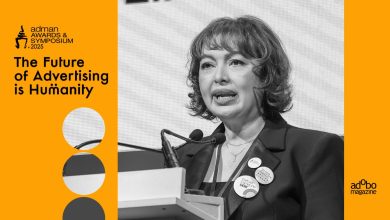CANNES – New joint research from The Geena Davis Institute on Gender in Media at Mount Saint Mary’s University and J. Walter Thompson New York, in collaboration with University of Southern California’s Viterbi School of Engineering, analyzed more than 2,000 films from the Cannes Lions archive (English language only).
It reveals that men get about four times as much screen time as women and speak about seven times more than women.
JWT’s Women’s 2016 Index, part of its Female Tribes initiative, revealed that “85% of women said that when it comes to representing them, the advertising world needs to catch up with the real world.”
The new research, called Unpacking Gender Bias in Advertising, shines a new light on this finding.
There are twice as many male characters in ads than female characters.
25% of ads feature men only, while only 5% of ads feature women only.
18% of ads feature only male voices, while less than 3% of ads featuring female voices only.
2006 to 2017: The trends of female presence and portrayal in ads have not changed over a decade.
Overall, men are present on screen more than women across all ad categories and the measurements of female representation in commercials (number of characters, time on screen, speaking time, etc.) have not improved in over a decade.
Supporting the automated analysis, the Geena Davis Institute on Gender in Media research team conducted additional research, identifying age, location, objectification, and other personal characteristics associated with prominent characters. This analysis was based on verbal, physical, occupational, and social cues plus other factors.
Age: Women in ads are mostly in their 20s while men are in their 20s, 30s, and 40s. This means male characters are far more diverse than female when it comes to age.
Humor: Men are almost twice as likely to be funny than women.
Objectification: One-in-ten female characters are shown in sexually revealing clothing – six times the number of male characters.
Intelligence: when it comes to characters for whom intelligence is an integral part of their character (e.g., a doctor, a scientist), men are 62% more likely to be shown as smart.
Location: Women are 48% more likely to be shown in the kitchen while men are 50% more likely to be shown at a sporting event.
Work: One in three men are shown with an occupation compared to one in four women.
Madeline Di Nonno, CEO, Geena Davis Institute on Gender in Media: “By changing the narrative, the images we use, the stories we tell about women, we can dramatically change the way the world values women and how women and girls see themselves.
“it’s not enough to portray more women. We need a more progressive and inclusive representation of women.”
Brent Choi, Chief Creative Officer, J. Walter Thompson New York: “What this research shows is that our industry has tent-pole moments, amazing actions or campaigns when we all rally around women, but when it comes to creating our ‘regular’ ads for our ‘regular’ clients, we forget about them.”
Shri Narayanan, Niki & C. L. Max Nikias Chair in Engineering, University of Southern California: “Technology advances in data sciences and machine learning give us new ways of shining light on media content, at scale and with an unprecedented level of detail and accuracy. It can give us novel insights not just by eliminating the mystery about potential unconscious biases in content but in offering objective tools to shape content”
The research launches at Cannes Lions Creativity Festival in Cannes, France in June 2017.
This new research uses the Geena Davis Institute for Gender in Media’s GD-IQ, an Automated Analysis Tool, funded by Google.org, developed to analyze audio and video media content through machine learning and audio-visual processing technologies from Google and the University of Southern California.
The research was led by the Institute and J. Walter Thompson, and conducted by Dr. Shri Narayanan, Krishna Somadepalli and the team of Engineers at the University of Southern California’s Signal Analysis and Interpretation Laboratory (SAIL), in collaboration with Dr. Caroline Heldman and the team of researchers at the Geena Davis Institute on Gender in Media.
More Data
The use of language
Looking at the average word count, when women have a dialogue it is usually smaller.
Women’s dialogue uses easier language than men’s (according to Flesch–Kincaid readability tests)
Men have three times more dialogues than women (consistent with the speaking time).
Men speak about 29% more dialogs with words about power than women, and about 28% more dialogs with words about achievement.
Appearance
Women are twice as likely than men to be shown partially or fully nude.
Few characters are verbally objectified in commercials (e.g., catcalling), but female characters are three times more likely than male characters to experience this.
Women are three times more likely to have the camera show just their body parts (e.g., legs or mouth), to have the camera pan up their body, or show body parts moving in slow motion.
Leadership
Men are significantly more likely than women to be shown as leaders.
Women are significantly more likely than men to be shown in the home.
Men are twice as likely as women to be shown as managers or professionals.








